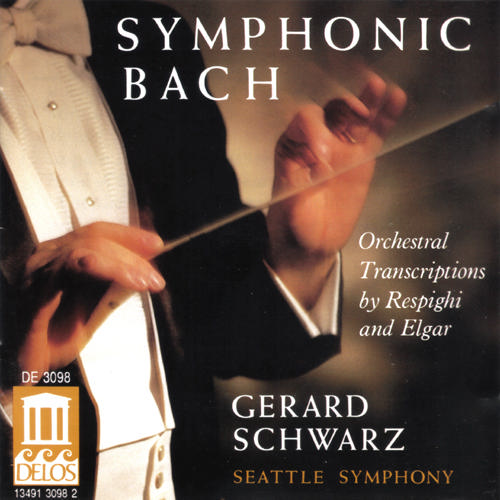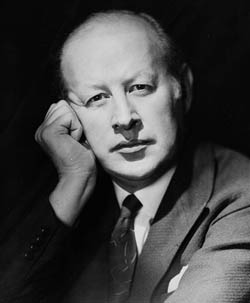

Difficult they may be, they are full of grandeur and beauty. Another is Hungarian pianist/composer Theodor Szántó (1877-1934), whose transcriptions Despax refers to as "monumental and uncompromising".Ī student of Busoni's, Szántó is probably best known, if at all, for his part in the rewriting of the Delius Piano Concerto, which version he premiered at the Proms in 1907. One such case, although mercifully he now has a healthy representation in the catalogue, is Kaikhosru Shapurji Sorabji (remember this post?).

But still other music disappears because of its sheer difficulty. Why does music disappear from our radar? Some because it just goes out of fashion some because it's plain bad. and it's here that things get really interesting. The programme also includes transcriptions by Liszt (the Prelude and Fugue in A minor, BWV 543), Siloti and Dame Myra Hess. That's a tremendous transcription, very different from the Busoni: frothy, joyous (particularly in this performance), and one can very clearly hear the orchestral basis. We might have expected Bach/Busoni, but by actually starting his recital with a Bach/Saint-Saëns Ouverture (from the Cantata, Wir danken dir, Gott, wir danken dir, BWV 29), as well as establishing the Bach-France link, he implies we might well go off-piste: I wonder if I am imagining the bells of Notre Dame, a carillon for piano, here (what follows is an embedded MP3 sample of the track, used with permission):

And so, inevitably, Despax includes the Bach/Busoni Chaconne, in a performance of towering integrity and understanding: If that was the case, he thought, "those strings were probably vibrating to the music of Bach". A further inspiration was Yehudi Menuhin, who once imagined that if he played Bach's Chaconne beautifully enough in the Sistine Chapel, it would bring peace to the World reciprocally, perhaps, Despax's imagination led him to physics' String Theory, in which the tiniest elements are vibrating strings of energy. His response was that articulated in Victor Hugo's novel, Notre-Dame de Paris, "Spira, Spera". Despax was, like the rest of us, moved by the fire at Notre Dame Cathedral in Paris. The idea of working through significant events, even trauma, through music is a time-honoured one. Since then, a second interview for International Piano for a future "One to Watch" article on Despax has taken place and Spira, Spera has arrived. At the end of that post, we mentioned two coming releases: the present, Spira, Spera (more on why that title in a moment) and a Brahms First Concerto (for which I was lucky enough to attend a recording session I've heard a pre-release edit and it promises to be amazing). We encountered French pianist Emmanuel Despax previously on Classical Explorer via his own transcription of themes from The Sound of Music in his Sound of Music Fantasy.


 0 kommentar(er)
0 kommentar(er)
